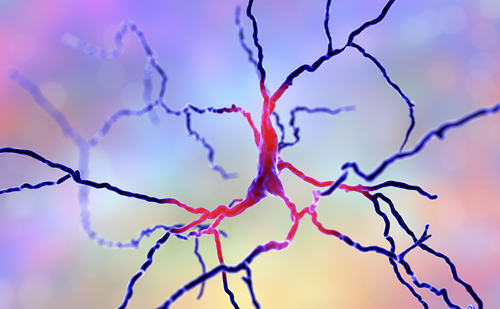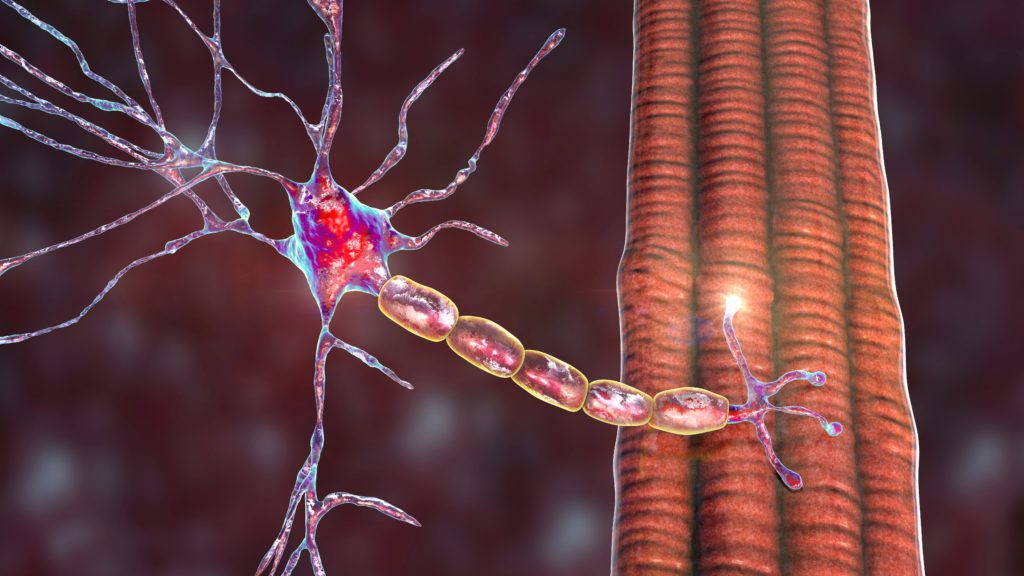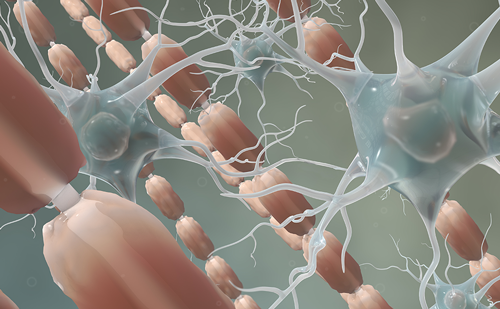Search Results
Showing Results for CD19

Emerging data at EAN 2025 reveals key innovations across multiple neurological disease areas. In this article, you will learn:

Myasthenia gravis (MG) is an autoimmune disorder where antibodies disrupt the neuromuscular junction, causing muscle weakness that worsens with activity. MG subgroups are based on muscle weakness location, age, antibody type, and thymus pathology, with some patients experiencing severe, treatment-resistant symptoms. Biomarkers can indicate prognosis. First-line treatments include pyridostigmine for symptomatic relief and immunosuppressants like prednisolone and azathioprine. Thymectomy is recommended for certain patients. Second-line treatments include mycophenolate, rituximab, and others, with new therapies like complement and FcRn inhibitors showing promise. Intravenous immunoglobulin and plasma exchange are used for acute exacerbations. Supportive therapy, including adapted exercise, is crucial. In refractory cases, comorbidities and diagnosis accuracy should be reconsidered.

Welcome to the latest edition of touchREVIEWS in Neurology. We are excited to present a collection of articles that showcase the latest advancements and diverse perspectives in neurological research and treatment. This issue features insightful reviews and editorials from esteemed ...

Neuromyelitis optica spectrum disorders (NMOSD) are a group of relapsing autoimmune diseases of the central nervous system. The clinical hallmarks of NMOSD are myelitis and optic neuritis; however, a wider clinical spectrum has been recognized.1 The majority of patients with ...

Neuromyelitis optica spectrum disorder (NMOSD) is a rare inflammatory autoimmune disease of the central nervous system (CNS) with a worldwide distribution.1 The first clinical description of NMOSD was made a century ago by Devic and Gault, who documented patients with ...

Over the past two decades, monoclonal antibodies targeting the surface antigen CD20 have emerged as highly effective disease-modifying therapies (DMTs) for multiple sclerosis (MS).1 The major mechanism of action of these therapies is via B-cell depletion, as CD20 is expressed ...

Myasthenia gravis (MG) is an autoimmune disorder caused by autoantibodies against the myoneural junction, which lead to impaired neuromuscular transmission. These antibodies act at the post-synaptic membrane, commonly against the nicotinic acetylcholine receptor (AChR) but in some cases, antibodies to ...

Neuromyelitis optica spectrum disorder (NMOSD) is an inflammatory disease of the central nervous system (CNS) and is known to cause recurrent episodes of optic neuritis and transverse myelitis. Myelitis is radiologically referred to as longitudinal extensive transverse myelitis on spinal ...

Neuromyelitis optica spectrum disorder (NMOSD) refers to a family of inflammatory central nervous system (CNS) diseases in which patients accrue disability through severe episodes of demyelination with typical manifestations including involvement of visual pathways (e.g., optic neuritis) and spinal ...

Multiple sclerosis (MS) has traditionally been considered a primarily T-cell-mediated autoimmune disease of the central nervous system (CNS); this is based on data from animal models,1 the presence of activated T lymphocytes in MS plaques that outnumber B cells and ...

The 70th Annual American Academy of Neurology (AAN) Meeting was held on April 21–27, 2018, in Los Angeles. This is one of the most important events in the neurology community, industry representatives presented plenty of new data on current and emerging disease-modifying ...

Rapid repopulation of the CD19+ B-cell subset in the absence of effective T-cell regulation in patients with multiple sclerosis (MS) treated with alemtuzumab has implications for the development of secondary autoimmune disease.1 Reporting in JAMA Neurology,1 Schmierer et al. found ...

T and B cells in multiple sclerosis immunopathology Knowledge of multiple sclerosis (MS) pathophysiology has progressed dramatically from the first description of the disease in 1868 to the understanding of immune processes in the 1990s to the present day. Genetic1,2 and ...

Multiple sclerosis (MS) is a chronic, progressive disease of the central nervous system (CNS), resulting from inflammatory lesions that become sites of demyelination and axonal injury. These lesions are associated with infiltrating T cells and monocytes, as well as B ...

Report from a Satellite Symposium held at the 31st Congress of the European Committee for Treatment and Research in Multiple Sclerosis in Barcelona, Spain, 9 October 2015 The role of B cells in the pathogenesis of multiple sclerosis (MS) may not be ...

Understanding MS Better in 2014Contribution of Epidemiological factorsMultiple sclerosis (MS) is considered to be an immune-mediated neuro-inflammatory and neurodegenerative disease of the central nervous system (CNS) with heterogeneous clinical presentation and course, neuroimaging and pathological findings. Several genetic and environmental ...

Multiple sclerosis (MS) is a chronic immune-mediated neurodegenerative disorder characterised by central nervous system (CNS) demyelination, axonal injury, gliosis and eventual loss of both oligodendrocytes and neurons.1 The aetiology of the disease is complex, and not entirely understood, though human ...
Latest articles videos and clinical updates - straight to your inbox
Log into your Touch Account
Earn and track your CME credits on the go, save articles for later, and follow the latest congress coverage.
Register now for FREE Access
Register for free to hear about the latest expert-led education, peer-reviewed articles, conference highlights, and innovative CME activities.
Sign up with an Email
Or use a Social Account.
This Functionality is for
Members Only
Explore the latest in medical education and stay current in your field. Create a free account to track your learning.

